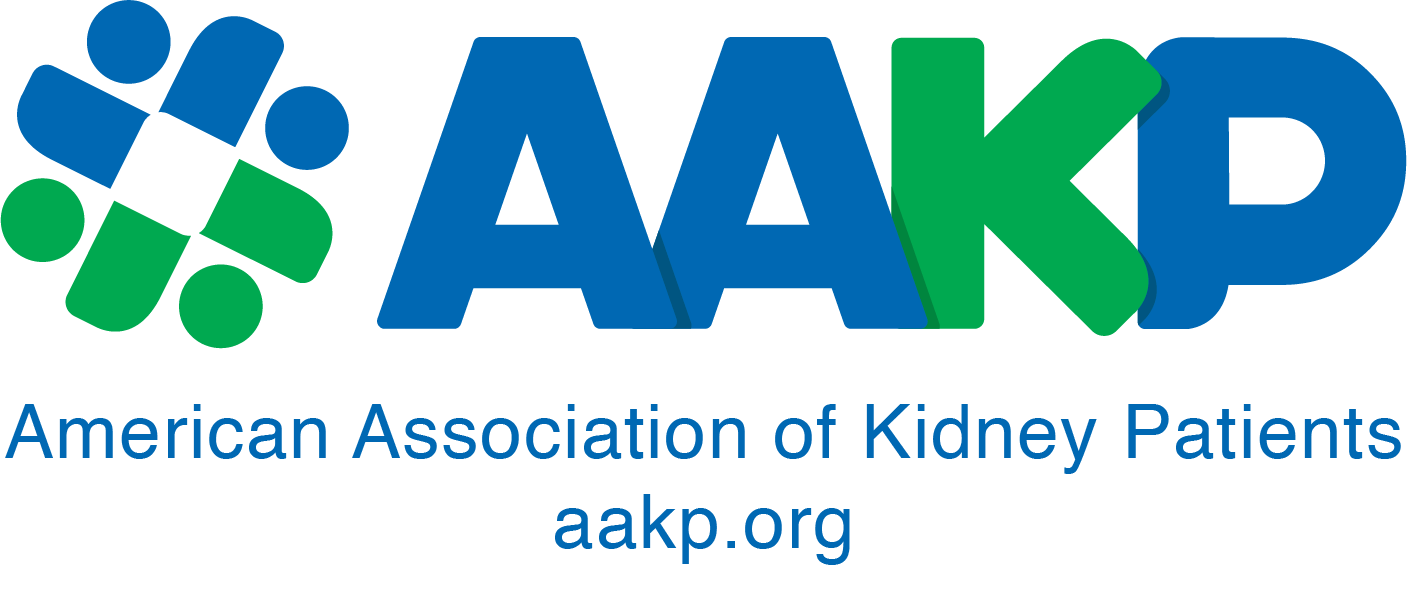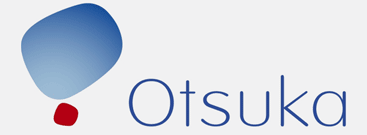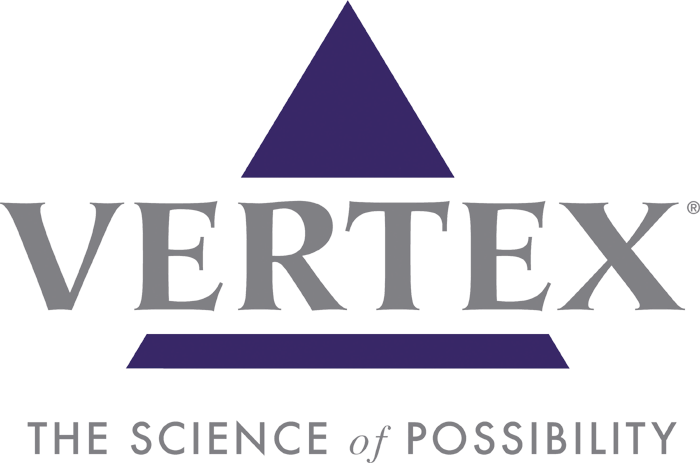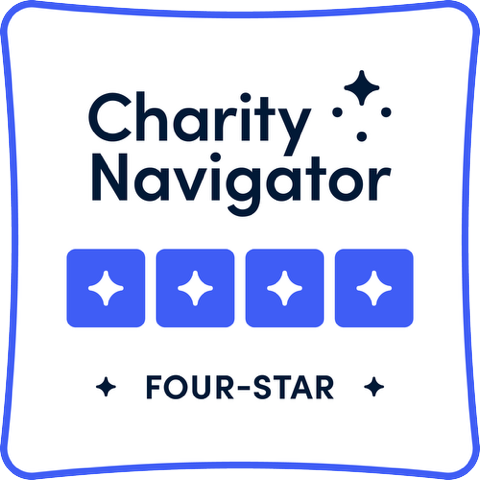Self-care, self-modalities, self-cannulation…what do these mean to you?
Are you familiar with the phrases above? Many of you are already practicing at least one of the three, but use a different term. Checking your blood sugar, washing your access and monitoring your daily fluid intake are all examples of self-care or caring for your wellbeing. Many patients state that self-care options provide freedom, control and flexibility in their dialysis treatment plan. Freedom from outpatient dialysis can be achieved through self-modalities or types of in-home dialysis. If you’re not currently dialyzing at home but would like to learn more about it, ask your social worker or nurse. Five options of in home dialysis are available.
Three of the home dialysis choices are for hemodialysis while the other two choices are for peritoneal dialysis. In peritoneal dialysis, the lining of your abdomen, called the peritoneum, is used as the filter to rid the body of waste and excess fluid. A soft, flexible plastic tube called a catheter is surgically placed in your abdomen and used as your access. You can learn more about home hemodialysis and peritoneal dialysis by asking your social worker, nurse or visiting www.homedialysis.org .
Next, let’s talk about what self-cannulation is and the benefits of this self-care activity. Have you ever thought of inserting your own needles? If you have, then you have thought about self-cannulation (the medical term for inserting one’s own needles). The thought can be overwhelming and empowering at the same time. You might be thinking, “I can’t even look when I get stuck.” Though there is no common record of the number of patients that insert their own needles, there are many success stories from around the nation of patients who have been trained in self-cannulation and are happy with their choice.
Why self-cannulate? Many dialysis patients are interested in maintaining the same (or as close as possible) life-style that they had prior to starting their treatment. Self-cannulation provides an opportunity to dialyze at home, gives you control when traveling to other dialysis facilities and decreases the stress of multiple people “sticking” you. Additionally, no one knows or protects your lifeline (access) better than you do.
How do you begin? You might want to speak with a patient who has chosen this option. You can ask the dialysis staff if there are any individuals in your clinic that self-cannulate. They may be on a different shift or are dialyzing at home. If your clinic does not have another dialysis patient to speak with, you can read about other patients’ experiences by visitinghttp://www.lifeoptions.org/stories/stories.php or www.nephron.com/judy.html . Both of the Web sites have stories written by patients, one male and one female, who have been self-cannulating successfully for over 10 years. The stories describe what prompted them to think about this option, how they felt, how they were trained, and what they see as the benefits. If your access is an AVF (arterio venous fistula), you can be trained on the “buttonhole” or same site technique. The buttonhole technique is similar to inserting a pierced earring in your ear. Once the track or hole is established, the needle slides right in the same spot without pain. You can find out more about this technique at www.nwrenalnetwork.org . With continued self-interest in your dialysis treatment plan, you can take charge.
If you have any questions regarding the above information, speak with your dialysis staff or contact your ESRD Network. Go towww.esrdnetworks.org and click on your state for contact information for your Network. Share your stories about self-cannulation. It is a great way to encourage others to Take Charge!
Kim Schroeder, BSN, RN, CNN is a Nurse Educator for FMQAI: The Florida ESRD Network (Network 7). Previously she worked as a hemodialysis nurse and transplant coordinator. She is an active member of the SunCoast Chapter of the American Nephrology Nurses’ Association.
This artical originally appeared in the November 2006 addition of aakpRENALIFE.
























